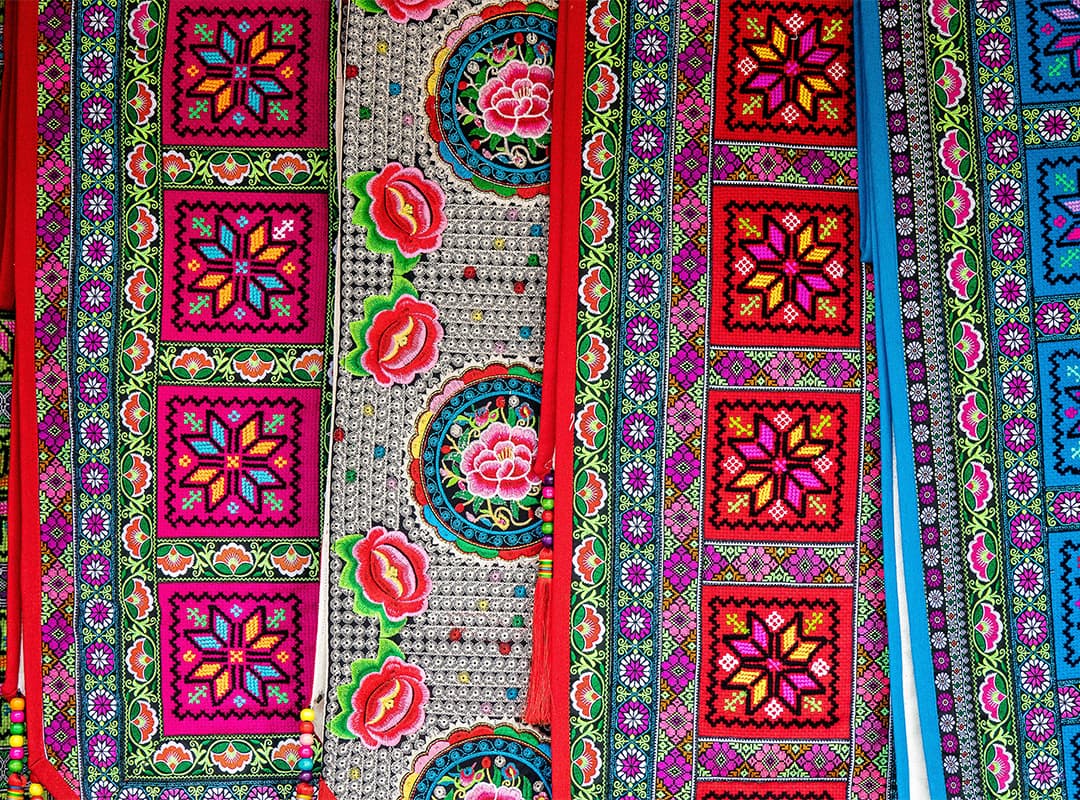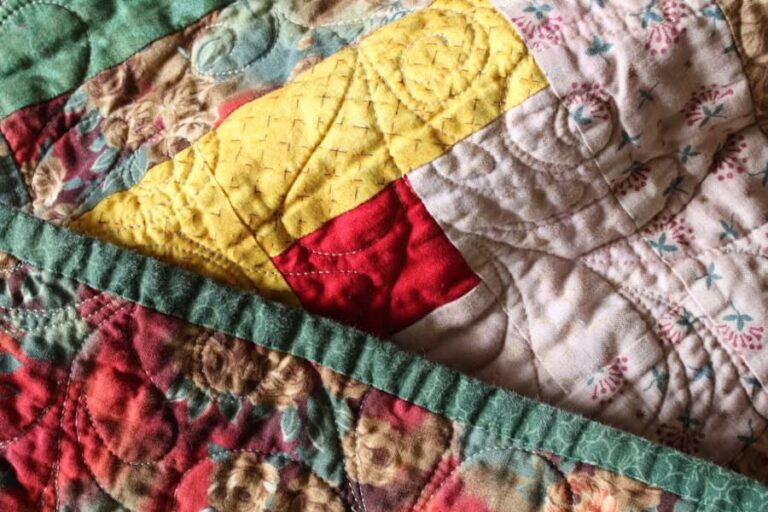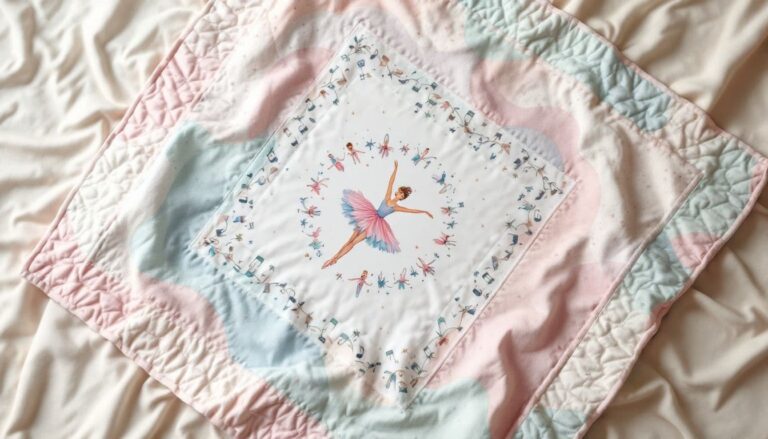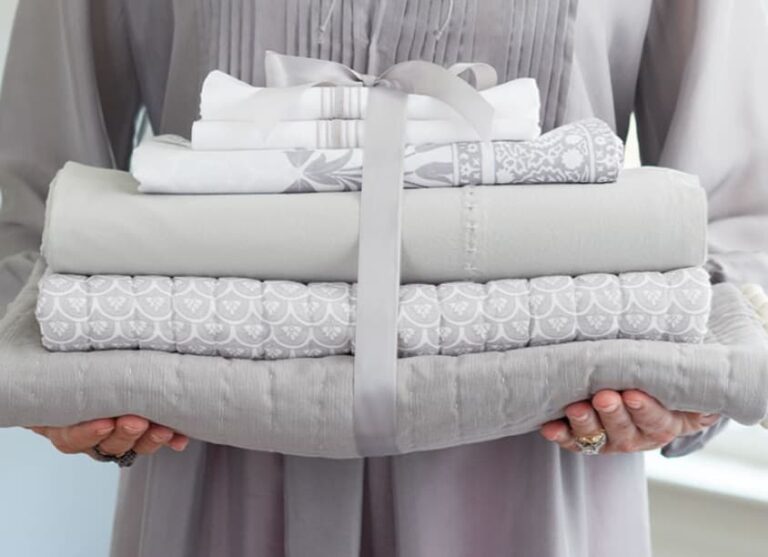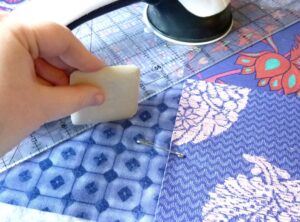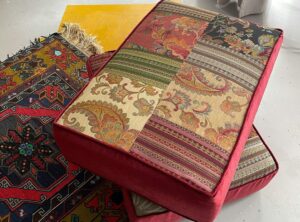Quilting has long been a cherished craft in New Zealand, offering a creative outlet that blends tradition and innovation. In recent years, the incorporation of traditional Māori designs into quilting has gained popularity, as quilters seek to honor the rich cultural heritage of New Zealand’s indigenous people. Māori patterns, known for their symbolic meaning and striking geometric forms, can add depth and significance to any quilt. In this article, we’ll explore how to integrate traditional Māori designs into your quilting projects, including popular motifs like the 6-point diamond, and how they can enhance your work.
The Symbolism Behind Māori Patterns
Māori designs carry deep cultural and spiritual significance, often representing values such as unity, strength, and the connection between people and nature. Commonly seen in carvings, tattoos, and woven textiles, these patterns tell stories and convey meanings that have been passed down through generations. When integrated into quilting, these designs not only add visual appeal but also embed a rich cultural narrative into the fabric.
For example, the koru, a spiral shape representing an unfurling fern frond, symbolizes new beginnings and growth. Similarly, the tukutuku patterns, traditionally seen in Māori meeting houses, feature geometric forms that represent various aspects of life and nature. Using these patterns in quilting allows quilters to connect with Māori heritage while creating pieces that hold personal and cultural significance.
Integrating Māori Motifs into Quilting
Incorporating Māori motifs into quilting can be done in various ways, from piecing to applique and even hand-stitching. A popular choice for quilters is to use 6-point diamond patterns, which echo the geometric precision seen in traditional Māori art. This pattern is particularly effective when combined with bold color contrasts, mirroring the sharp lines and symmetry found in Māori carvings and weavings.
Another approach is to use appliqué techniques to layer Māori symbols onto your quilt top. This method allows you to create larger, more detailed representations of significant motifs, such as the manaia (a guardian figure) or the whakairo (carved patterns), adding both texture and dimension to your quilt. Whether using traditional colors like red, black, and white or experimenting with a more modern palette, these designs can be adapted to suit your personal quilting style.
Choosing Fabrics that Reflect Māori Culture
When creating a quilt that incorporates Māori designs, fabric selection plays a crucial role. Many quilters choose to work with solid fabrics in bold, natural colors that reflect the earthy tones of the New Zealand landscape. However, prints that incorporate traditional Māori symbols or patterns are also available, offering an easier way to integrate these motifs into your project.
You can also consider sourcing fabrics from New Zealand designers who specialize in prints inspired by Māori art and nature. These fabrics often feature stylized versions of traditional patterns, allowing you to create culturally inspired quilts that feel modern and fresh.
Quilting Techniques for Māori Patterns
When quilting traditional Māori designs, precision is key. Patterns like the 6 point diamond require careful piecing and alignment to ensure that the geometric forms remain crisp and symmetrical. Using paper-piecing techniques can help you achieve the accuracy needed for more complex designs.
Additionally, hand quilting can add an extra layer of authenticity to your work. Māori art places a strong emphasis on craftsmanship, and hand quilting allows you to pay homage to that tradition by carefully stitching the patterns into the fabric. Whether you choose simple straight lines or intricate curves, hand quilting enhances the connection between the quilt and its cultural origins.
Honoring Māori Heritage in Quilting
When incorporating traditional Māori designs into quilting, it’s important to approach the craft with respect and cultural sensitivity. Learning about the meaning behind the patterns and seeking guidance from Māori quilters or artists can help ensure that your work is culturally appropriate and honors the significance of these designs. Many Māori quilters are happy to share their knowledge and advice, providing insight into the traditions and symbolism of their art.
Integrating traditional Māori designs into quilting offers a meaningful way to blend cultural heritage with creative expression. By incorporating patterns like the 6 point diamond or using symbolic motifs such as the koru and tukutuku, quilters can create pieces that are not only visually striking but also culturally rich. Whether you’re piecing together geometric shapes or applying intricate hand-stitching, the use of Māori designs in quilting allows for a deeper connection to New Zealand’s indigenous culture while creating beautiful, lasting art.
